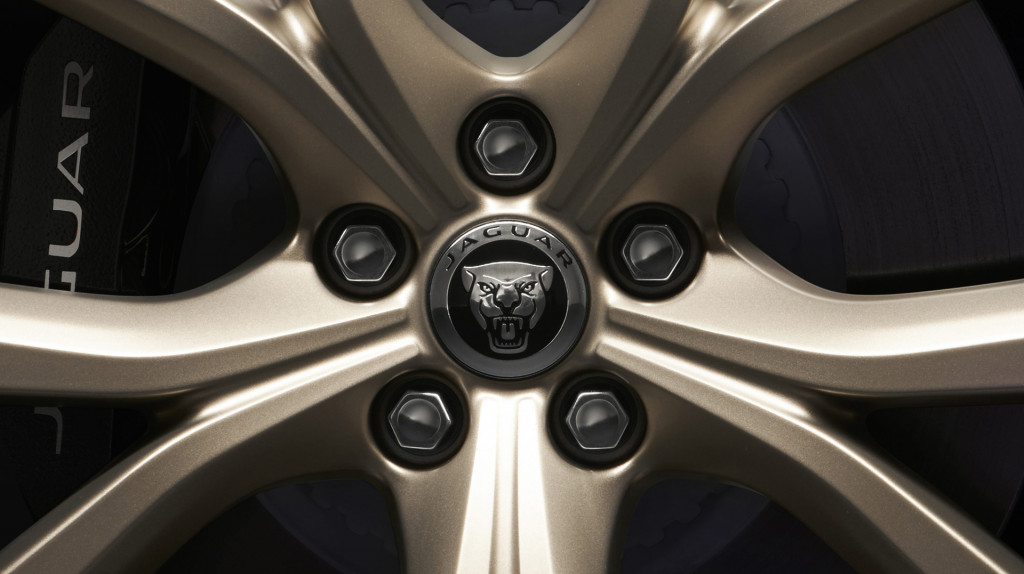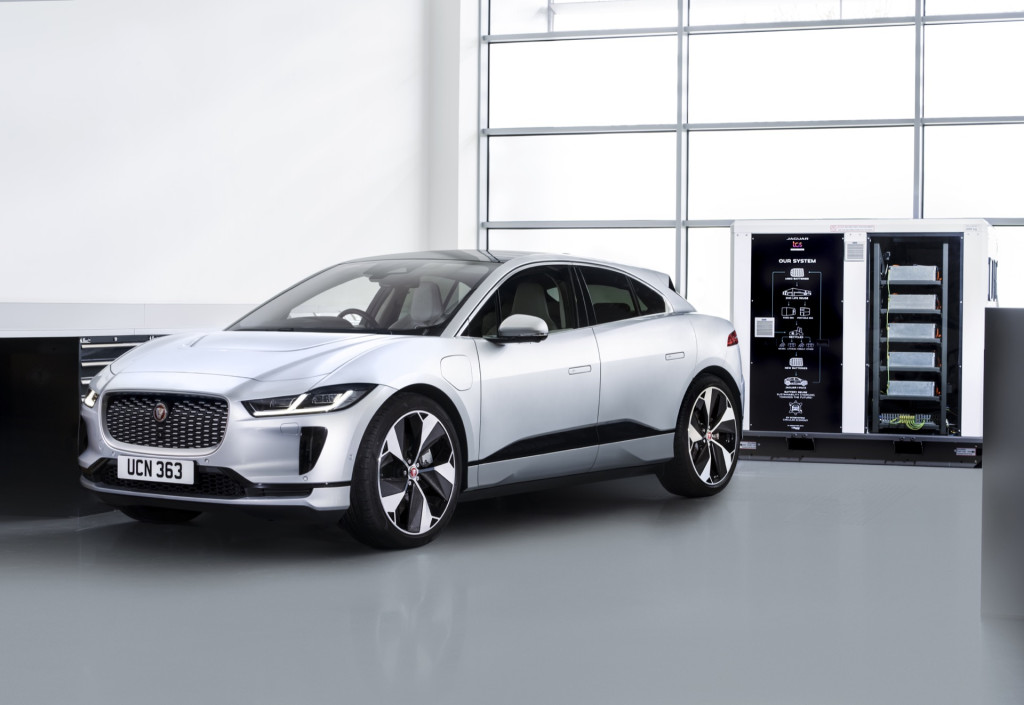Land Rover sets electric SUV architecture, Jaguar electric GT

Jaguar Land Rover (JLR) on Wednesday announced an $18.7 billion investment over five years that will fund the first electric Land Rover and Jaguar’s long-awaited second EV.
JLR confirmed in a press release that it will begin taking orders for an all-electric Range Rover model later this year. Under the brand’s current product plan, Range Rover has grown from a single model to a model line under the Land Rover umbrella, with the Range Rover EV yet another branch of that family tree. This “medium-size” SUV is scheduled to start production in 2025, according to JLR.
The electric Range Rover will be based on a dedicated EV platform called EMA, but JLR plans to retain the current Modular Longitudinal Architecture (MLA) that underpins the current internal-combustion Range Rover and Range Rover Sport. That platform is designed to accommodate all-electric and hybrid powertrains as well, JLR noted.

2023 Jaguar F-Pace SVR Edition 1988
“This gives JLR uncompromised flexibility to adapt its vehicle line up to meet the needs of different markets around the world, that are moving at different speeds towards carbon net zero targets,” the release said.
Jaguar, meanwhile, will get three new models starting with an electric “4-door GT” based on a different platform called JEA, and starting at about $125,000 in today’s money. Slated to be the first Jaguar EV since the I-Pace crossover SUV launched for the 2019 model year, it will have more power than any previous Jaguar production car, and targets 430 miles of range, likely as measured on the European WLTP testing cycle.

2023 Jaguar I-Pace
Both new models will be built in the UK. The Jag will be built in Solihull, while the Range Rover and other EMA-based models will be built at JLR’s Halewood plant in Merseyside, which will become the automaker’s first all-electric production facility. JLR also plans to remake an engine plant in Wolverhampton for EV powertrain production.
JLR’s electrification push hasn’t exactly been straightforward. The company surprised just about everyone when it suddenly dropped the flagship XJ EV in 2021 when it was less than 18 months from production. It promised its own “absolutely bespoke” platform for future EVs instead, last year.
In the meantime, Jaguar has given its I-Pace faster charging and other improvements. The company has also communicated that it’s learned from its Formula E racing experience—with potential range gains as a result.